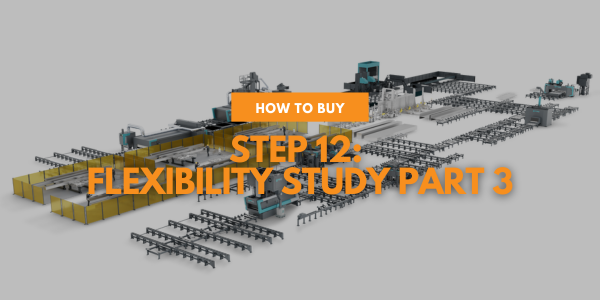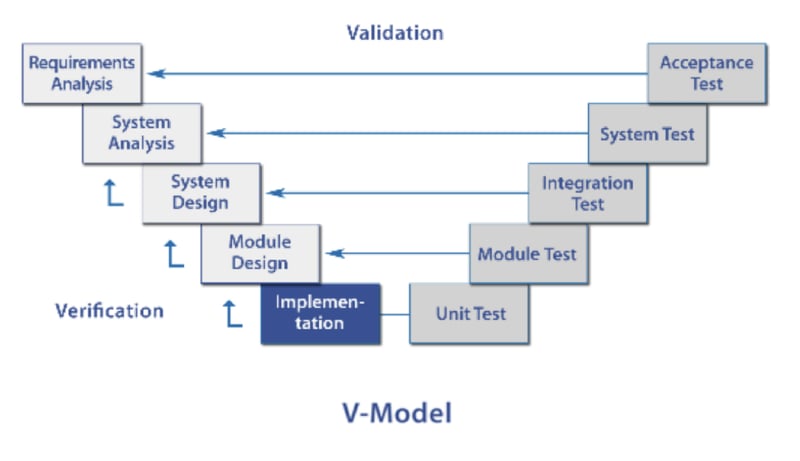


Figure 1.1 represents the “Flexibility Solution Design Process”. This is the basic methodology used to develop the “Flexibility Solution Design Process”.
This process comprises of seven steps:

The strategies identified will be listed based on feasibility, affordability and organisational readiness. The estimated initial and annual cost, implementation time is considered to decide the affordability of the strategy.
Organisational readiness, top management support and ROI are also considered to qualify a strategy.
Refer to study summary II, “Study summary for Strategy Implementation Feasibility Identification”, and study summary III “, ROI Study summary”.
Value-Loaded solutions close the needed flexibility gap at value-driven cost. The cost considered will be the summation of initial cost and opportunity value. Refer to study summary IV “Study summary to identify value-loaded strategy”.
Contact Specialist Machinery Sales today to discuss a superior machinery strategy for your business.